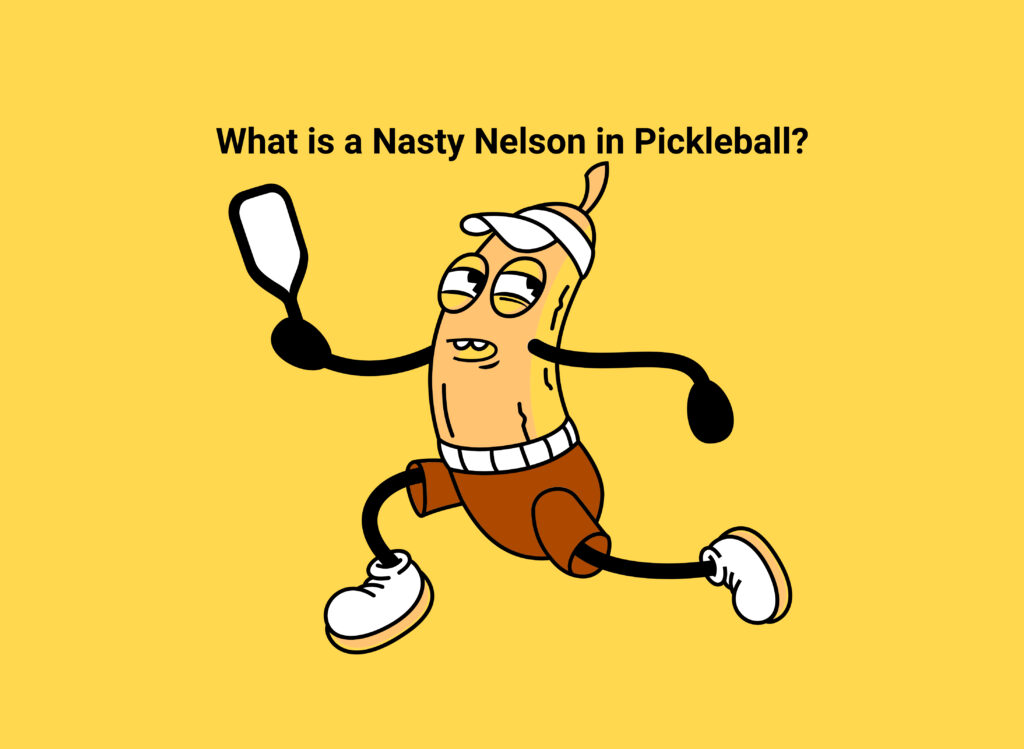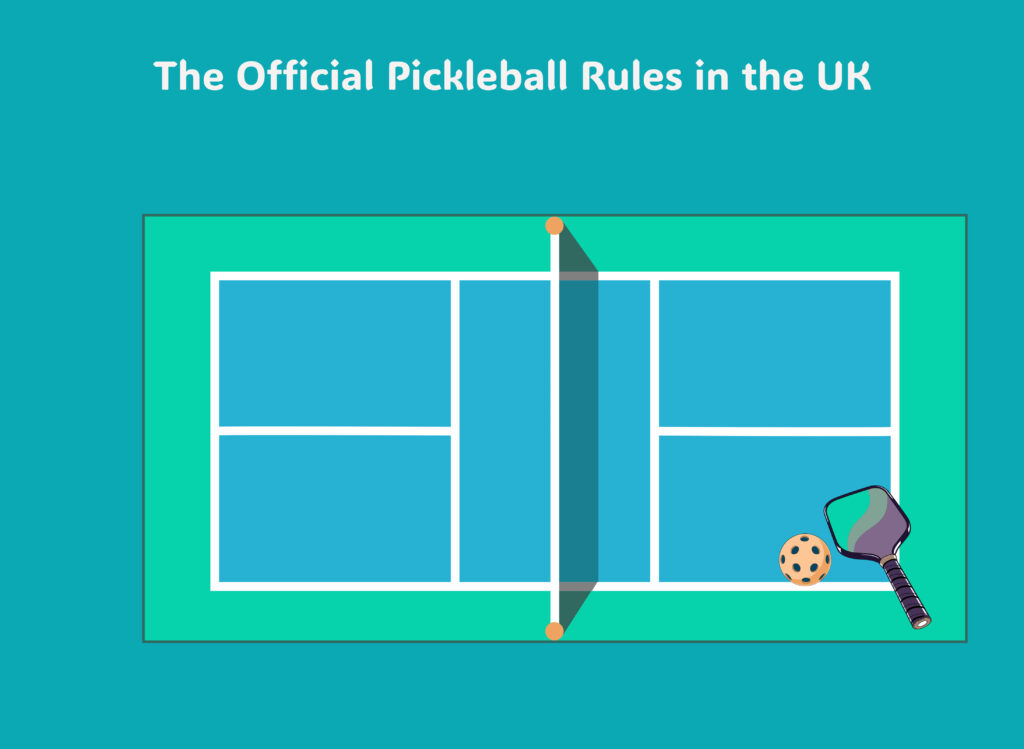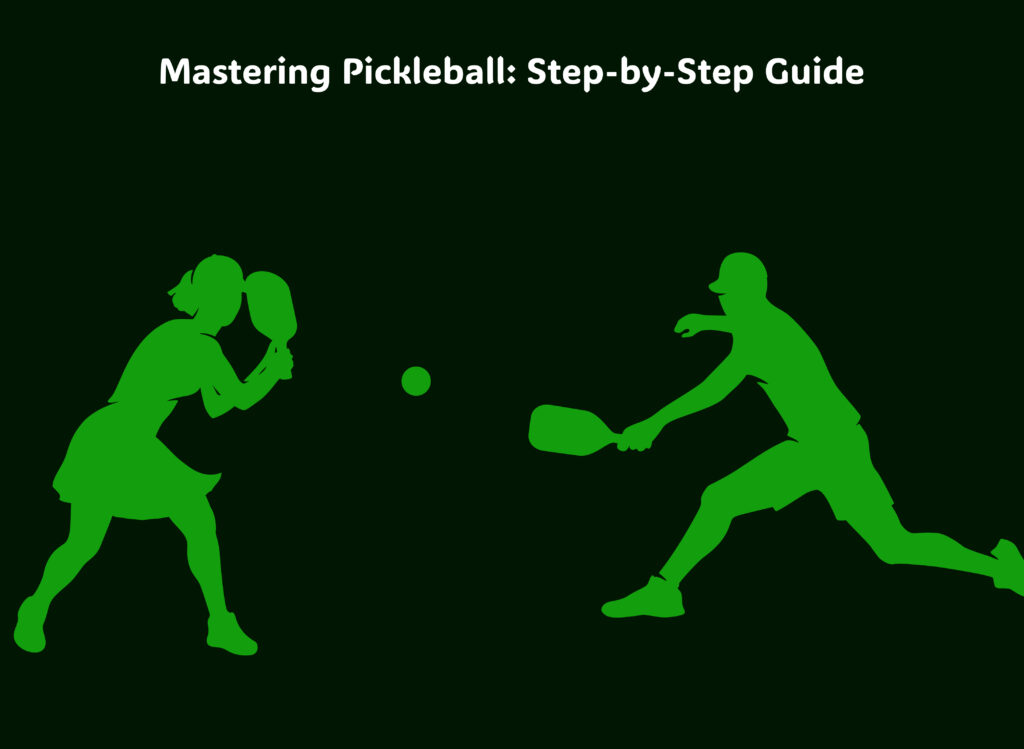- When and Why Players Attempt a Nasty Nelson
- How Beginners Should Understand and Avoid the Nasty Nelson
- Strategic Considerations for Intermediate and Advanced Players
- Is the Nasty Nelson Unsportsmanlike? The Ongoing Debate
- Final Thoughts: The Curious Case of the Nasty Nelson in UK Pickleball
The Nasty Nelson is named after Tim “Papa” Nelson, a well-known player who used the shot tactically (and cheekily) in tournaments. It’s typically seen in doubles play, when the non-receiving partner is standing too far into the court, possibly even inside the non-volley zone (Kitchen) before the serve is struck. While hitting your opponent may sound unsportsmanlike, in this case, it’s a punishment for poor positioning—and a legal one at that.
A Nasty Nelson in pickleball is one of the most controversial, cheeky, and rare plays in the sport—and yes, it’s entirely legal. The term refers to a scenario where the server deliberately hits the ball at the opponent’s non-receiving partner, who is standing at the net, before the ball bounces. If the ball hits that player in any part of the body before it touches the court, the serving team wins the point immediately. It’s a sneaky, high-risk move that combines strategy, surprise, and a bit of nerve.
In UK pickleball clubs, the Nasty Nelson is still relatively rare, partly due to its boldness and partly because many players don’t even realise it’s legal. But as the game grows and competitive edge sharpens, more players are aware of the tactic—and learning how to avoid becoming the target.
When and Why Players Attempt a Nasty Nelson
The Nasty Nelson is not your average tactic. It’s not about point construction or prolonged rallies—it’s about capitalising on an opponent’s mistake or arrogance. Players usually attempt a Nasty Nelson when the non-receiving opponent is standing too far into the court during a serve, making them a vulnerable target.
Common reasons players try it:
✔ To catch opponents off guard when they’re creeping into the Kitchen or shifting too early.
✔ To send a message to opponents who keep invading the NVZ early, especially in unsanctioned matches.
✔ To gain a quick point when traditional serve-return exchanges aren’t working.
✔ To shift momentum in doubles play by injecting tension or surprise.
But there’s a catch—it’s risky. If you miss your target or hit the net, you lose the point. And if you hit too gently, the opponent might still dodge or deflect it. Because of this, the Nasty Nelson is used sparingly and often with maximum shock value, especially in fun, social club matches across the UK where the lines between casual and competitive are blurred.
🔥 Key takeaway: The Nasty Nelson is a calculated risk, used to punish poor positioning and add pressure, but it’s not for the faint-hearted or faint of aim.
How Beginners Should Understand and Avoid the Nasty Nelson
Beginners often find themselves confused—or even embarrassed—if they’re the victim of a Nasty Nelson. Many don’t even know it’s legal, leading to awkward disputes on court. For new UK players, understanding the rule can help them avoid falling victim and improve their positioning at the net during a serve.
Beginner Tips to Avoid Being Nelson’d:
✅ Stay behind the Kitchen line until the ball is served. This is key.
✅ Avoid drifting into the court or leaning forward before the serve has crossed the net.
✅ Watch your opponent’s eyes—if they’re glaring at your chest before serving, back up!
✅ Talk to your partner about starting positions and be aware of servers with a cheeky streak.
✅ Remember that being hit by the ball before it bounces gives your opponents the point.
Many UK clubs encourage friendly, respectful play, so the Nasty Nelson isn’t typically used in beginner sessions. However, it’s still part of the rulebook, and knowing it exists means you can stay alert—and learn from any unexpected serves that come your way.
🔥 Key takeaway: For beginners, the Nasty Nelson is best avoided by maintaining proper positioning behind the NVZ until the ball is served.
Strategic Considerations for Intermediate and Advanced Players
At intermediate and advanced levels, players are more aware of both the legality and the strategy behind a Nasty Nelson. While it’s not a core part of most players’ game plans, it’s a surprise weapon that can be used sparingly to great effect.
When to consider using it:
✔ Opponent keeps stepping into the Kitchen too early during your serve.
✔ You’ve tried everything else, and want to throw them off mentally.
✔ The opponent has a habit of not watching the serve or appears disengaged.
✔ You’re in a social game and want to liven things up (within reason!).
Intermediate players in the UK may attempt a Nasty Nelson in club matches or low-stakes league games. At the highest levels, it’s used more tactically—not just to gain a point, but to alter the psychological flow of the match. Even the threat of a Nelson can cause the opposing team to stand a little further back or second-guess their positioning.
🔥 Key takeaway: Advanced players use the Nasty Nelson not just for the point, but to change the match dynamic and force better positioning from opponents.
Is the Nasty Nelson Unsportsmanlike? The Ongoing Debate
The legality of the Nasty Nelson is not in question—it’s allowed by the official rules. But whether or not it’s sportsmanlike remains a hot topic in many UK pickleball circles. Some see it as part of the game’s quirky charm. Others feel it’s too aggressive or unnecessary, especially in friendly play.
Arguments in favour:
✔ It’s completely legal and punishes bad positioning.
✔ It teaches discipline at the Kitchen line.
✔ It adds strategy, surprise, and theatre to a match.
Arguments against:
❌ It can embarrass newer players who aren’t yet aware of the rule.
❌ It may disrupt the spirit of the game in more social or mixed-ability settings.
❌ It opens the door for hard feelings, especially if overused.
As with many quirky elements of pickleball, the best approach is context matters. In a competitive match, it might be a clever play. In a beginner session in a London club? Maybe not the best look. Most importantly, it’s about respect and communication—use it wisely, and only when appropriate.
🔥 Key takeaway: The Nasty Nelson is legal but controversial—use your judgment and know your audience.
Final Thoughts: The Curious Case of the Nasty Nelson in UK Pickleball
The Nasty Nelson is one of those uniquely pickleball plays that combines strategy, legality, and mischief. While it’s not a shot to build your entire game around, it’s a fantastic example of how awareness and positioning matter in every moment on the court. Whether you love it or loathe it, the Nasty Nelson teaches one thing clearly: pickleball is as much a thinking game as it is a physical one.
Key Takeaways:
✔ A Nasty Nelson happens when the server intentionally hits the non-receiving opponent with the ball before it bounces.
✔ It’s legal, and results in a point for the serving team.
✔ Beginners can avoid it by standing behind the line and being alert.
✔ Intermediate and advanced players may use it strategically—if sparingly.
✔ It’s cheeky, controversial, and undeniably part of pickleball’s quirky DNA.
👀 Enjoyed this read? Fancy levelling up your game even more? Keep reading Dink Quest for the best pickleball tips, drills, and news in the UK!
🎯 Check out these popular posts next:
📬 Subscribe to the Dink Quest newsletter to Stay in the Loop and be the first to get new blog posts, UK pickleball news, tips, player spotlights and exclusive offers
👉 Click here to subscribe now
Get discounts and exclusive offers for Paddles, clothing and accessories from our shop
We’ve got plenty more where that came from! Whether you’re working on your third shot drop, curious about dinking strategies, or just figuring out how to hold your paddle without it flying across the court we’ve got you covered.
👉 Keep reading, keep learning, and keep dinking smart. Let’s grow the game together, one dink at a time. 💚
See you on the court!
The Dinkquest Team UK 🏓



